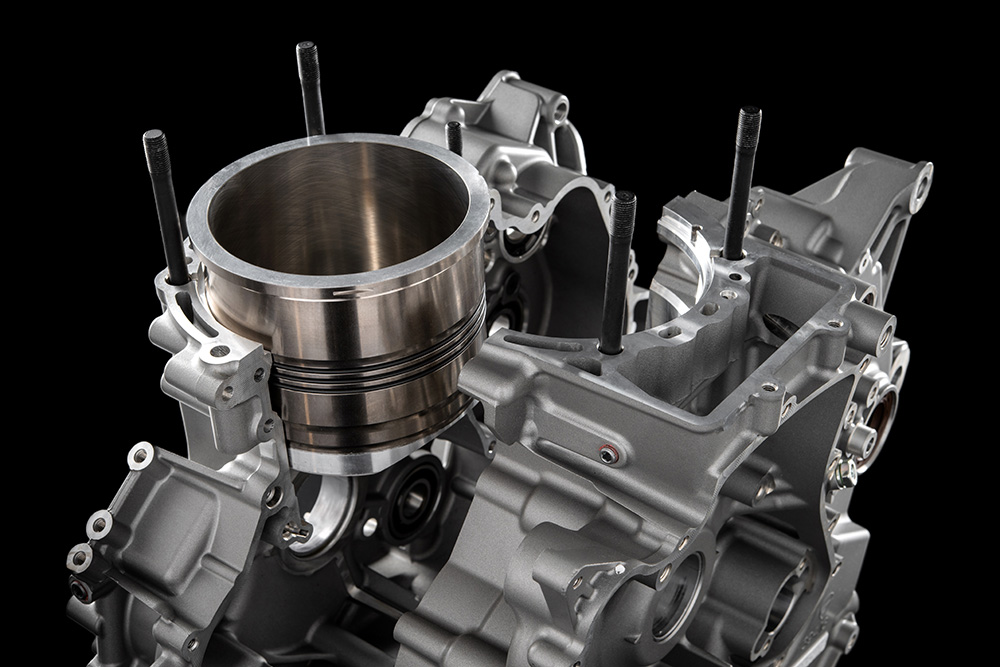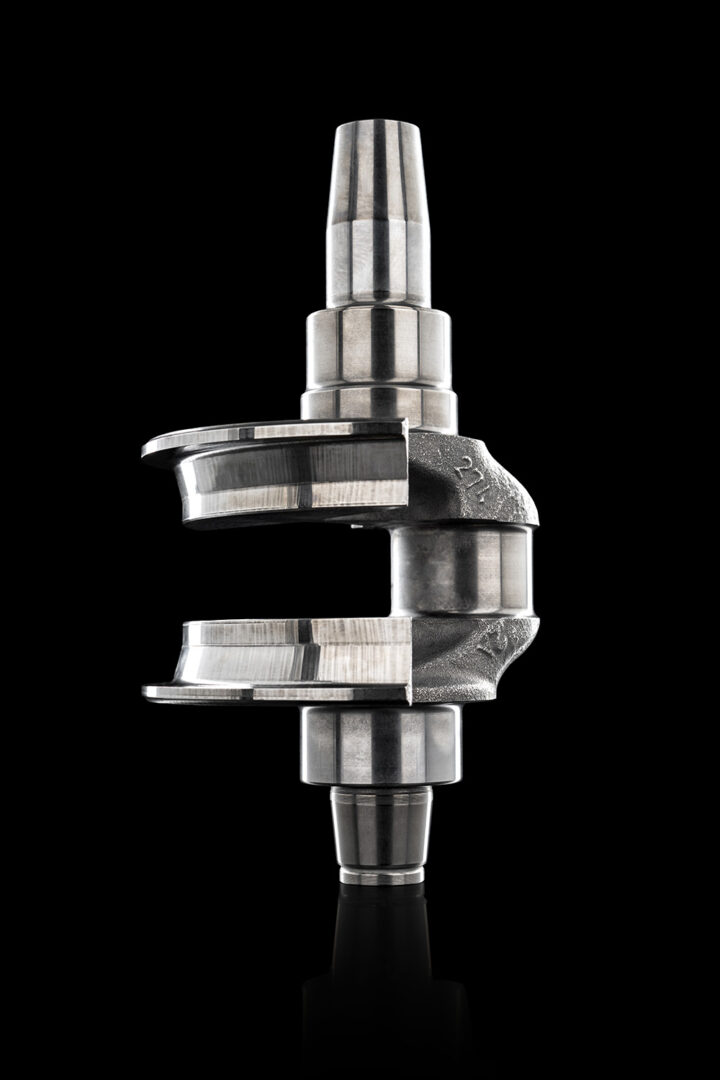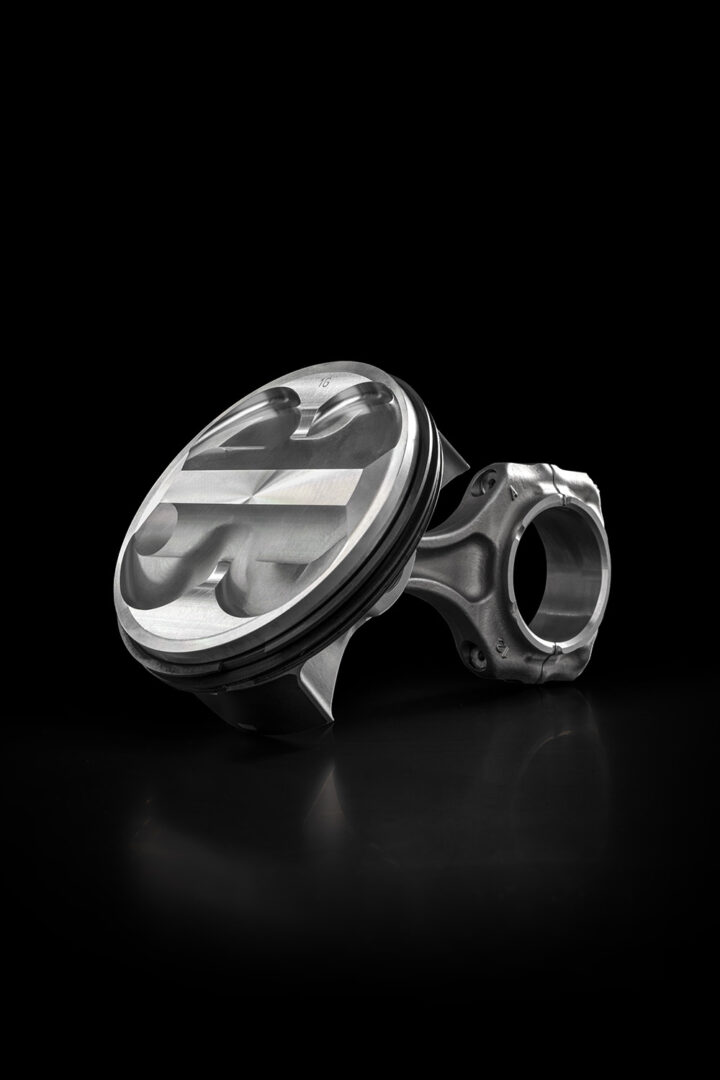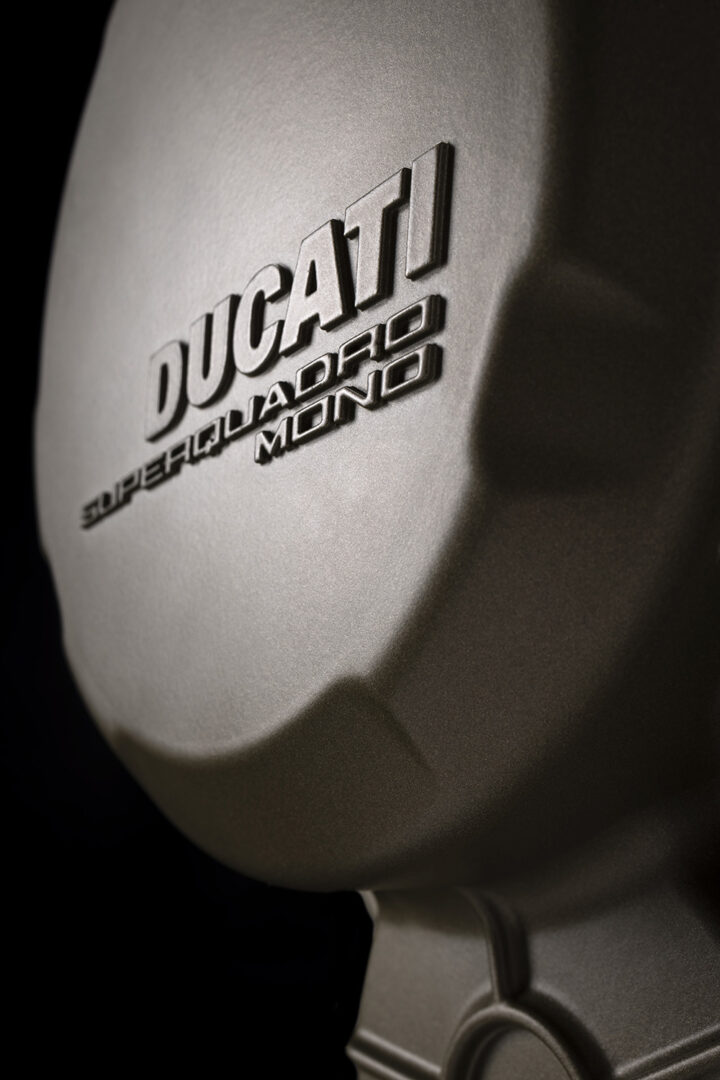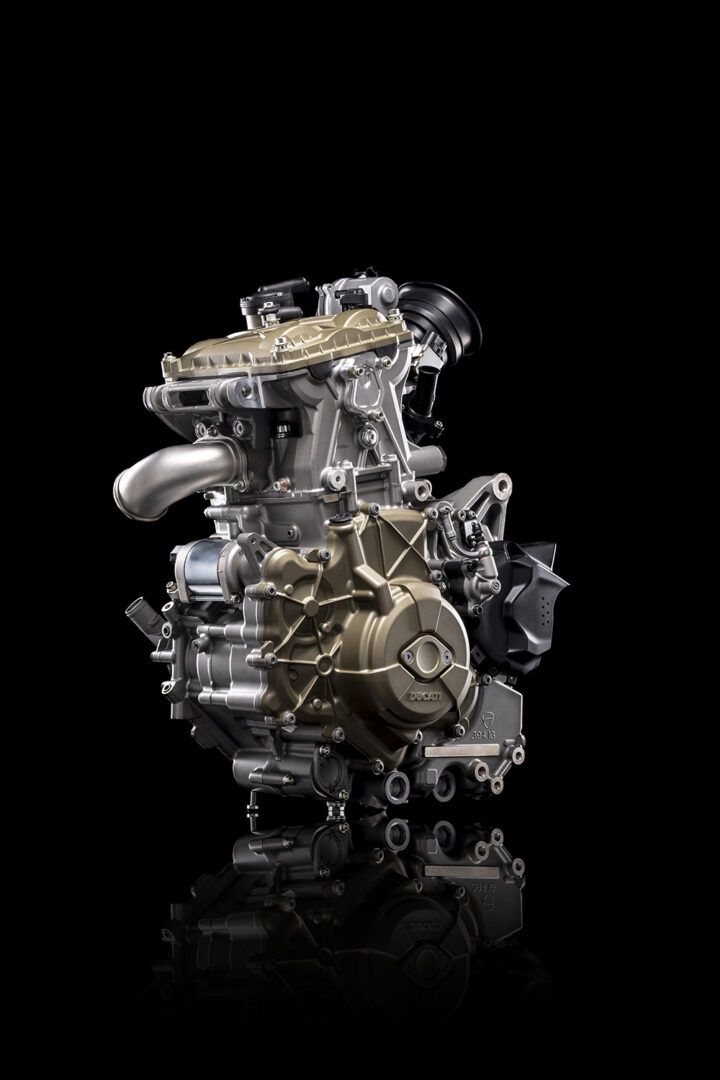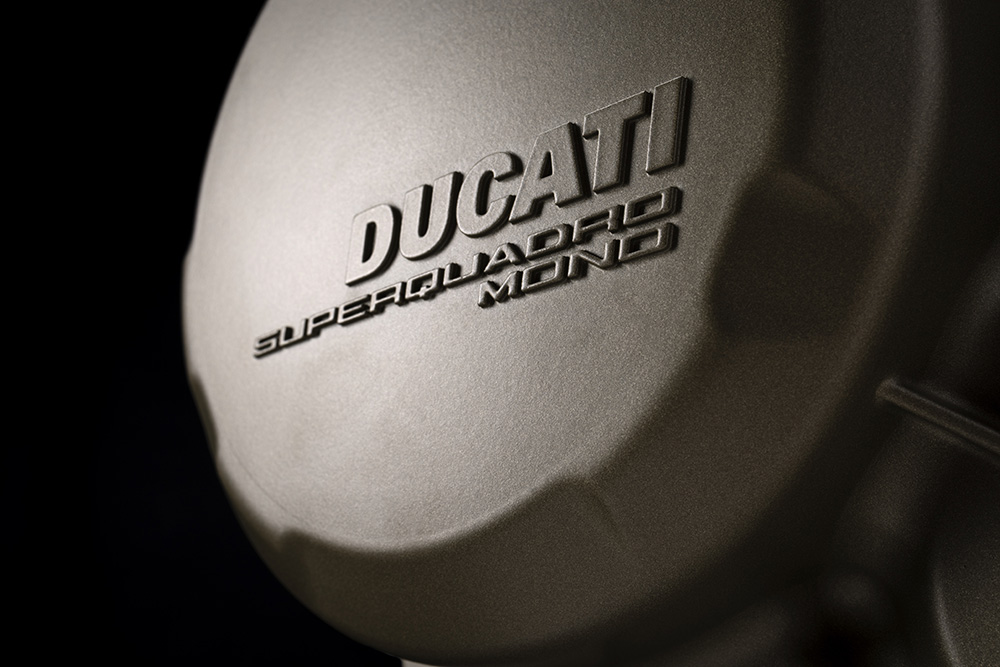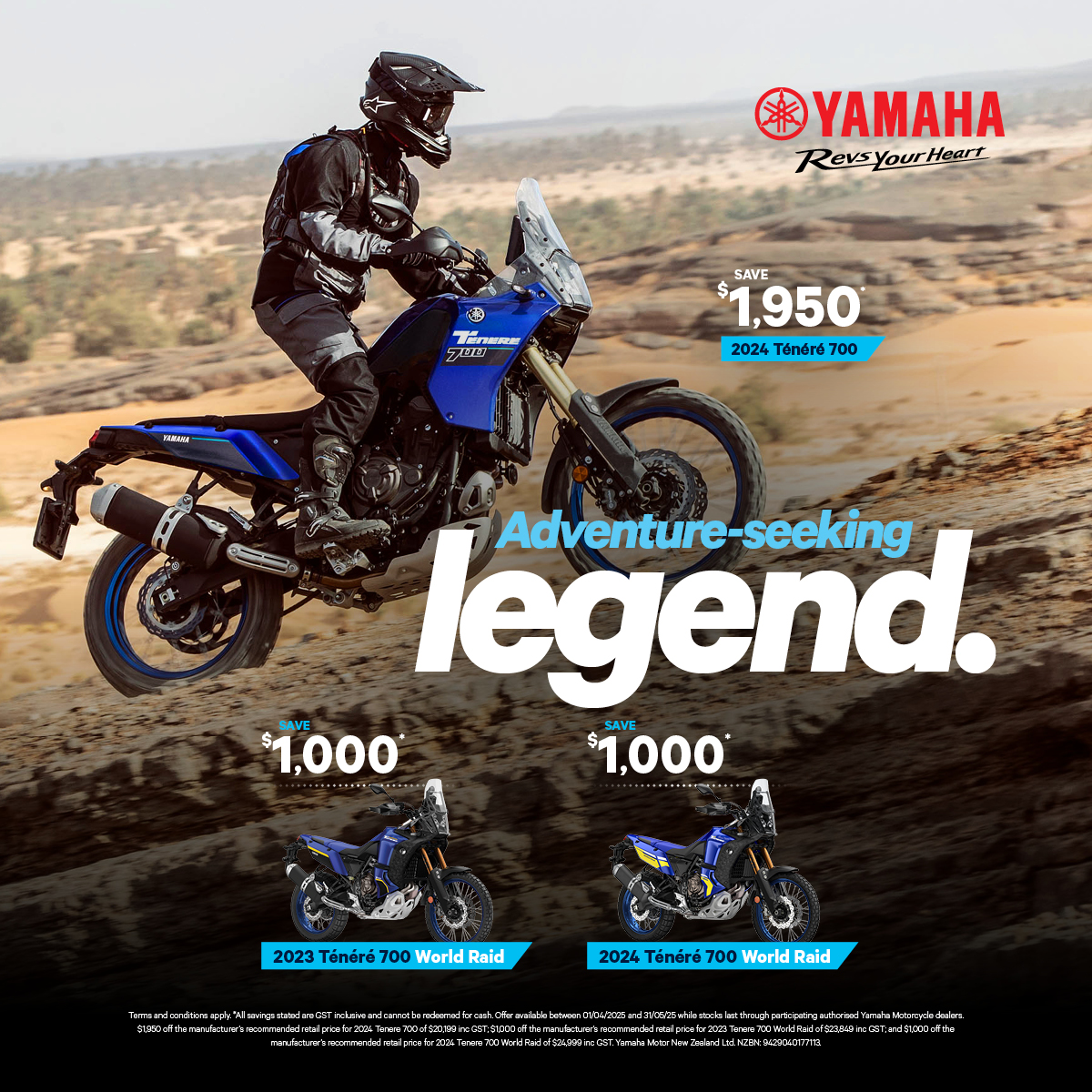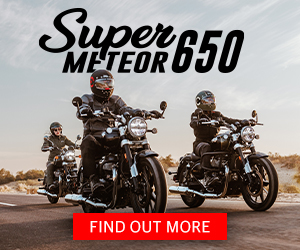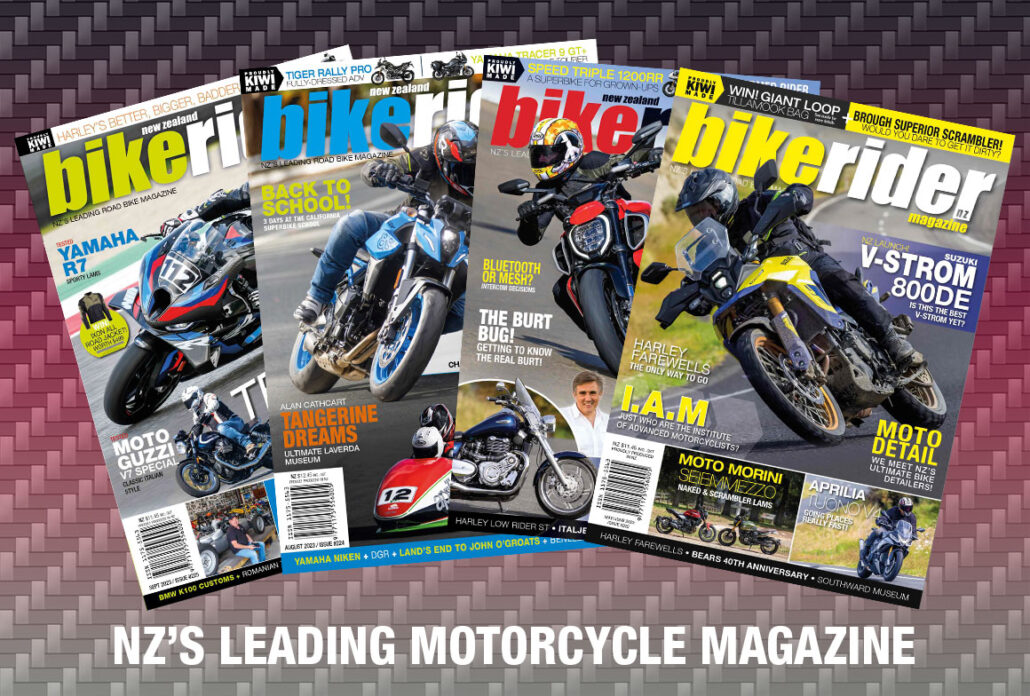Ducati launches the world’s most powerful single-cylinder engine: the Superquadro Mono
Ducati has unveiled a new single-cylinder engine that claims to be the most powerful and highest revving road-going single-cylinder ever produced. The engine, called the Superquadro Mono, is a 659cc short-stroke engine with desmodromic valve system and a bore of 116mm, the same as the 1299 Panigale’s V-twin Superquadro.
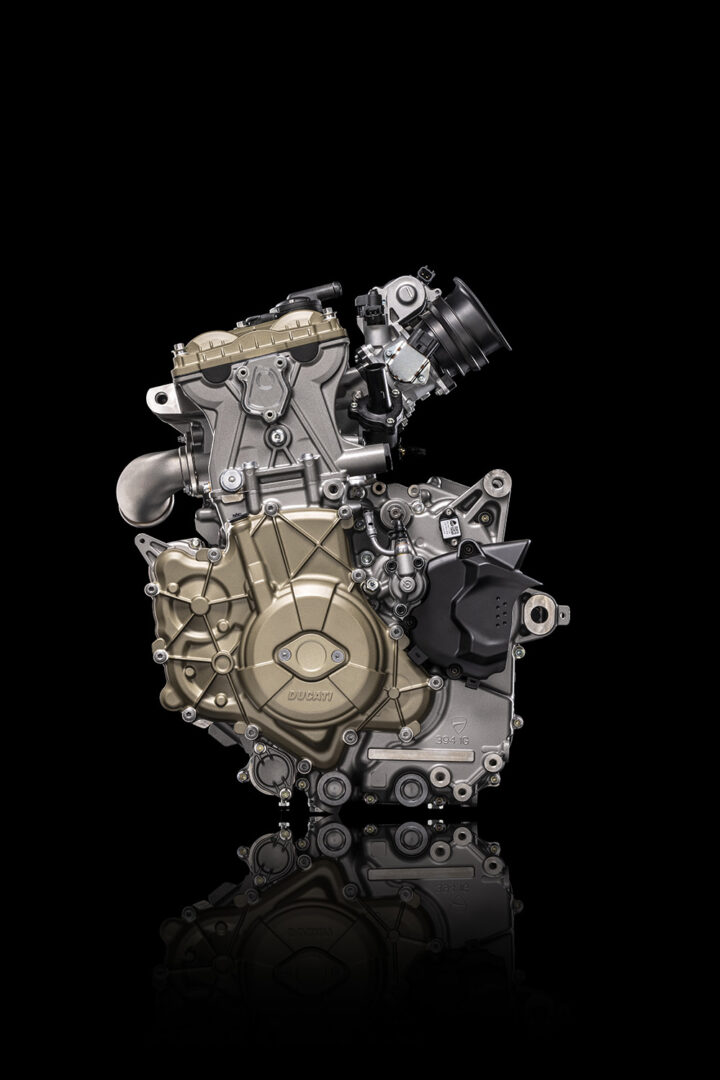
The Superquadro Mono is capable of delivering 77.5 hp at 9,750 rpm and 46.3 lb ft of torque at 8,050 rpm in standard specification, and up to 84.5 hp and 49.2 lb ft with a Termignoni racing exhaust. The engine also features a record-breaking rev limit of 10,250 rpm, thanks to the desmodromic system that allows it to overcome the limitations of conventional valve springs.
The Superquadro Mono is the result of a four-year project that started with a brainstorming session led by Ducati CEO Claudio Domenicali, who was also the project leader of the legendary Supermono 550 race bike in the 1990s. The new engine inherits the racing DNA and the technical sophistication of the Superquadro, but with 80% of new components and a completely redesigned cam profile, intake duct and exhaust pipe.
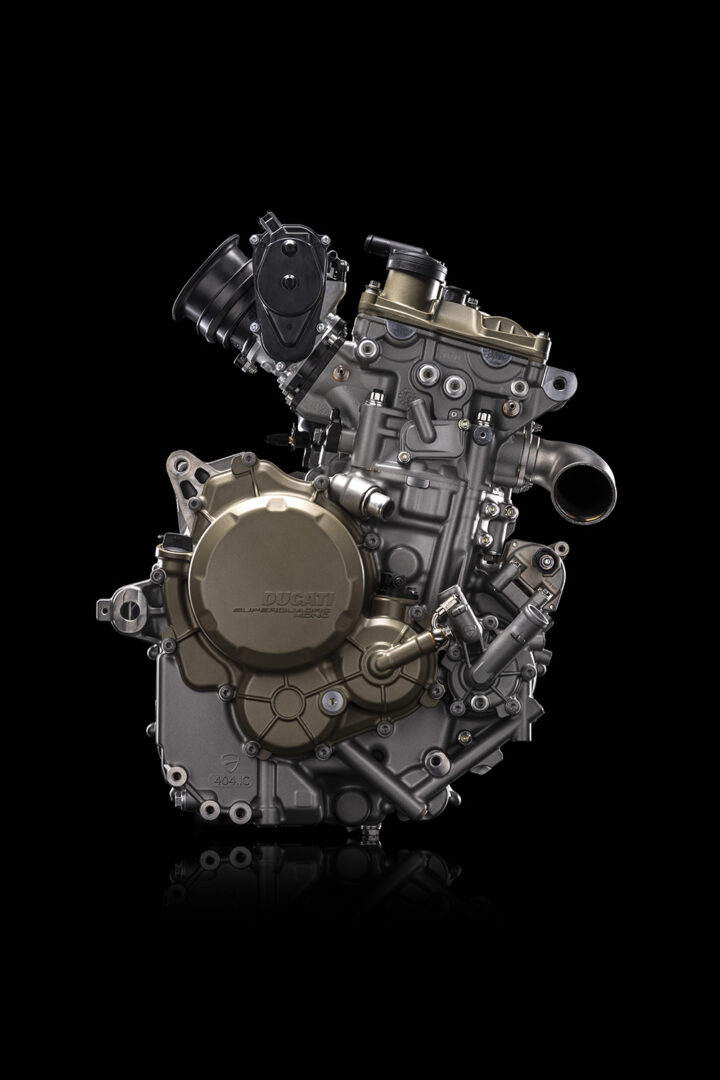
The Superquadro Mono is not only a powerful and high-performance engine, but also a light and compact one. It weighs only 38 kg and has a maintenance interval of 15,000 km for oil change and 30,000 km for valve clearance check. The engine is also available in a depowered version, so we might see a model arrive suitable for LAMS.
The Superquadro Mono will be the beating heart of a new Ducati motorcycle that will be revealed on November 2nd as part of the Ducati World Première. The new bike is expected to be an essential, light and nimble fun-bike with racing character, designed to offer an unprecedented mix of fun and performance on the track and on the road.
Ducati fans and enthusiasts can watch the unveiling of the new bike and the Superquadro Mono engine on Ducati’s website and social media channels on November 2nd at 7 pm CET.
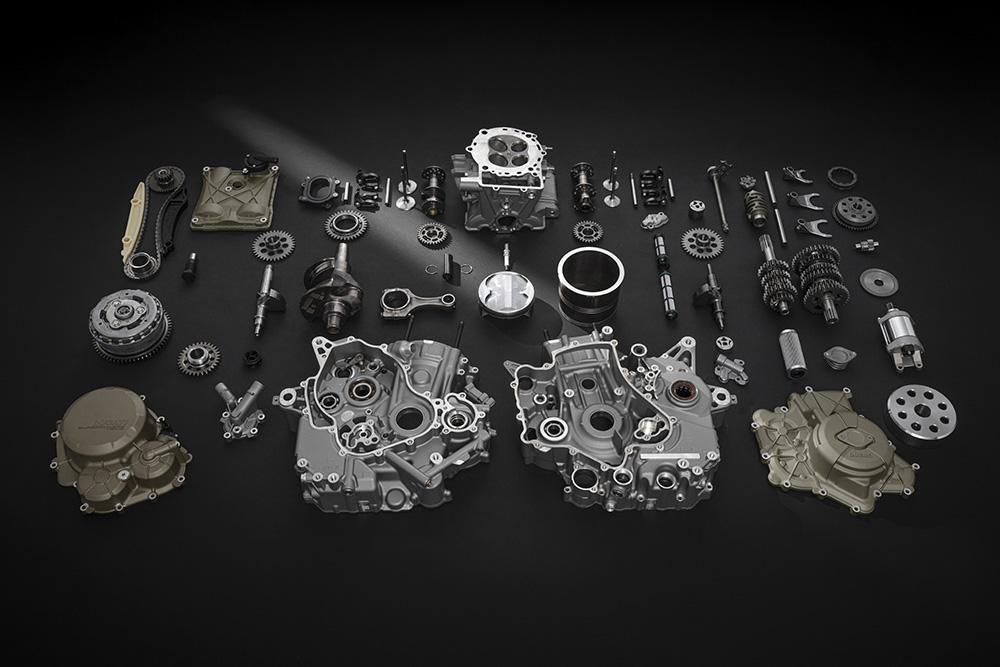
Main technical data of the Superquadro Mono
- 659 cc vertical single-cylinder engine
- Bore x stroke 116 x 62.4 mm
- Compression ratio 13.1:1
- Maximum power 57 kW (77.5 hp) at 9,750 rpm – 84.5 hp at 9,500 rpm with Termignoni racing exhaust
- Maximum torque 63 Nm (6.4 Kgm) at 8,050 rpm – 6.8 Kgm with Termignoni racing exhaust
- Aluminium cylinder barrel
- Euro 5+ homologation
- Mixed chain-gear Desmodromic distribution with double overhead camshaft, 4 valves per cylinder. 46.8 mm titanium intake valves, 38.2 mm exhaust valves.
- Asymmetrical crankshaft mounted on differentiated diameter main bearings
- Double balancing countershaft with control function of the water and oil pumps
- Multi-disc oil-bath clutch, servo-driven and with anti-hopping function
- Semi-dry sump lubrication with delivery pump and recovery pump
- Fuel feed via oval section throttle body with an equivalent diameter of 62 mm
- Six-speed gearbox with the possibility of fitting the Ducati Quick Shift (DQS) Up & Down
- Oil change set at 15,000 km
- Check and eventual adjustment of valve clearance set at 30,000 km
Technical solutions and refined materials for performance and lightness
The 116 mm bore piston is an absolute record for a production single cylinder. Of racing origin, it is characterized by a “box in box” layout like the pistons of the Panigale V4 R, i.e. with a double-truss base to combine rigidity and resistance by reducing the thrust surfaces with the ultimate aim of containing friction. For the same reason, the piston pin is equipped with a Diamond Like Carbon (DLC) surface coating, the same treatment used for the piston skirt of the Panigale V4 R. The compression ratio is equal to 13.1:1.
As on the Desmosedici MotoGP engine, the rocker arms of the Desmodromic system also boast DLC (Diamond Like Carbon) surface coating to reduce friction and increase resistance to fatigue. Distribution is controlled through a mixed “silent” gear/chain system.
Fuel feed is entrusted to a single oval-section throttle body with an equivalent diameter of 62 mm, with an under-throttle injector controlled by a ride-by-wire system that offers three different Power Modes (High, Medium, Low) to adapt the delivery of the engine to different riding situations.
The die-cast engine crankcases integrate the water jacket around the cylinder barrel, made as on the 1299 Superleggera in aluminium rather than steel, with benefits in terms of weight and cooling due to the thinness of the walls. This solution also allows the head to be fixed directly to the crankcase, obtaining a much more compact engine with the same rigidity of the structure. The clutch, alternator and head covers are made by casting magnesium alloy, again to reduce the weight of the engine to a minimum while guaranteeing high mechanical resistance.
The crankshaft is asymmetrical and mounted on differentiated main bearings to contain the weight. Engine balancing is guaranteed by the presence of two balancing countershafts (one front and one rear) mounted on ball bearings inside the crankcase and controlled by gears. The countershafts also control the water and oil pumps.
The layout of the two countershafts, placed on the side of the crankshaft, allows the first order inertia forces to be completely balanced without introducing further unwanted forces or moments. Thanks to this solution the engine is capable of running at very high speeds while maintaining a vibration level comparable to a 90° V-twin.
The Superquadro Mono relies on two lobe pumps, a delivery one which ensures efficient lubrication of the engine, and a recovery one, located in the connecting rod compartment and which takes the oil from the side compartments of the alternator and clutch covers in order to reduce the friction losses of the lubricant with the moving parts. This pump, together with a valve placed in the blow-by circuit, brings the crankshaft compartment under depression as in racing engines, in order to reduce the resistance of the moving parts and to ensure effective recovery of the lubricating oil in any conditions of use of the engine.
The transmission relies on a six-speed gearbox with racing ratios derived from the experience gained with the Panigale V4. The first gear is in fact long to allow its use in slow corners, exploiting the maximum thrust available. The clutch is in an oil bath with progressive interlocking hydraulic control, characterized by a particularly reduced lever load and specifically developed to offer easy and intuitive braking behaviour, with maximum modulability on release and in engine brake management to facilitate power-sliding in corner entry.
The gearbox can be equipped with Ducati Quick Shift (DQS) Up & Down. In this application, the DQS relies on a magnetic hall effect sensor and not the traditional load cell to improve accuracy and reliability.
